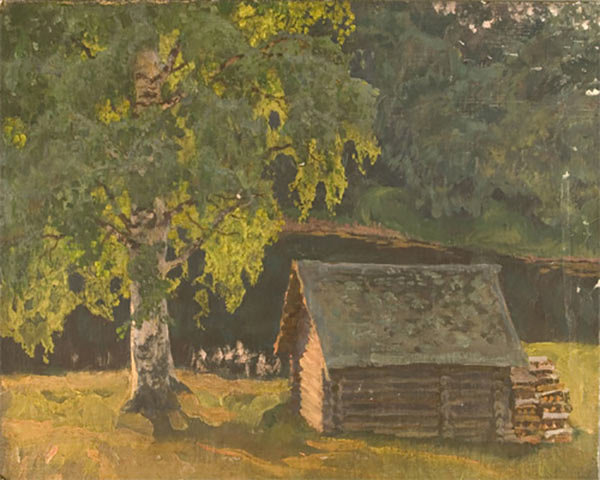“For me, painting is when the harmony of colors on the canvas makes the per capita effect similar to the action of the musical chord…” These words, once spoken by artist Nikita Fedosov, encapsulate his work perfectly. One Virginia gallery is overjoyed to soon present over 60 works by this Russian legend.
In 2005, a survey was taken among prominent members of the Russian Realist art community in which they were asked to name the three most talented 20th-century Russian artists. Nikita Fedosov’s name ended up number two on the list, and visitors to Charles City, Virginia’s Lazare Gallery will soon have an extraordinary opportunity to understand why.
Known principally for his plein air landscapes, Fedosov is considered by many to be a Russian legend, with many of his contemporaries attesting to his genius. Yury Kugach once declared, “His graduation project already put Fedosov in league with our best artists. He was able to express everything in this painting, immediately and ably. This is a painting of life and beauty. One could never produce such a painting apathetically; every drop of paint in it emanates love.”
Over 60 original works by Fedosov will be on view at Lazare Gallery on October 23. To learn more, visit Lazare Gallery.
This article was featured in Fine Art Today, a weekly e-newsletter from Fine Art Connoisseur magazine. To start receiving Fine Art Today for free, click here.
A Russian Legend Comes to Virginia







